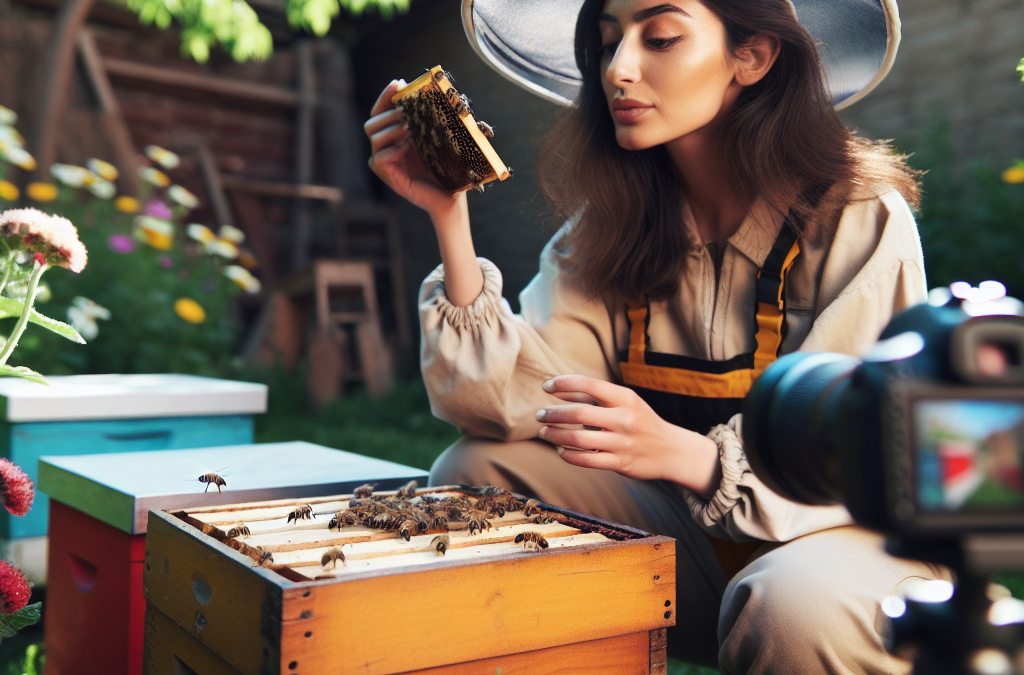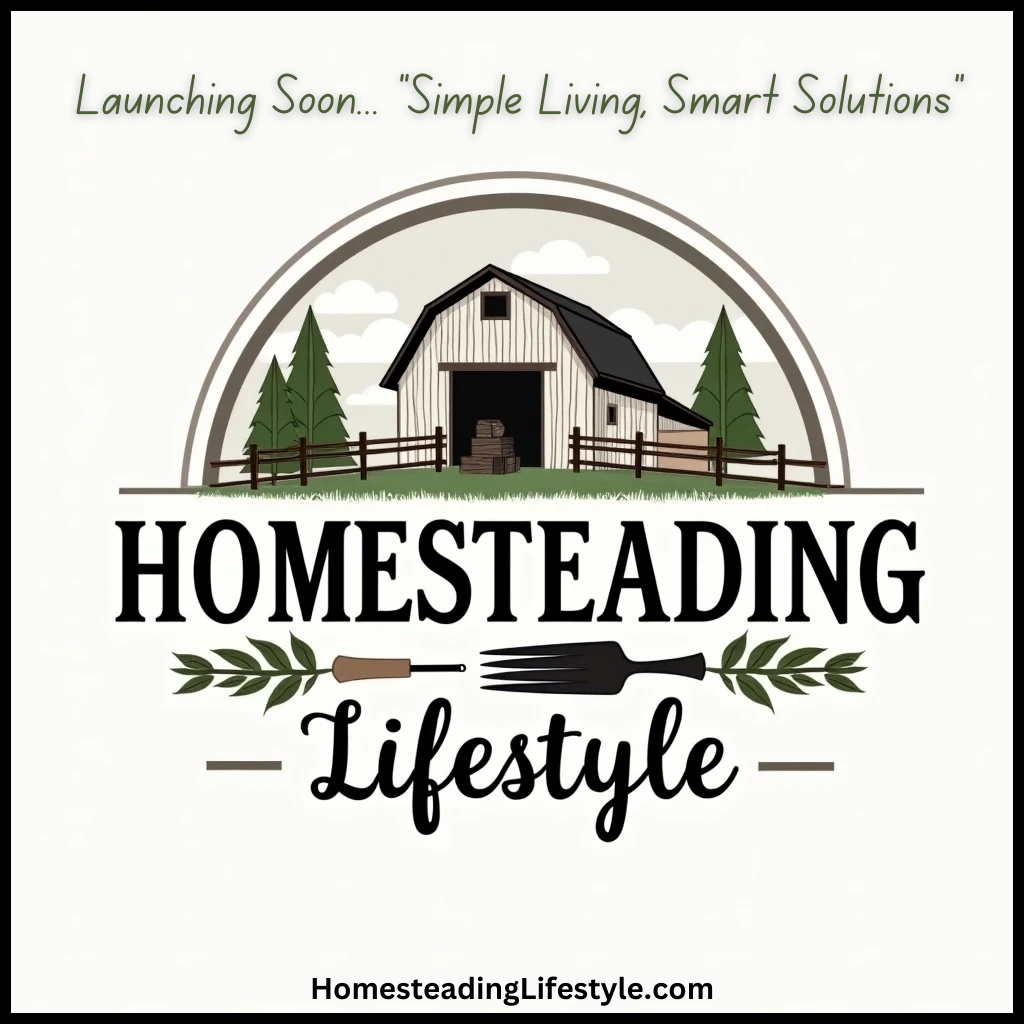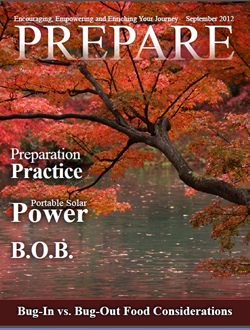Getting Started with Beekeeping
Understanding the Basics of Beekeeping
So, let me tell you, if you’re just diving into the world of beekeeping, you’ve got yourself quite the adventure ahead! The first thing to know is that bees are super fascinating creatures. They play a vital role in our ecosystem—pollinating flowers and plants. By keeping bees, not only do you get to collect honey, but you also contribute to the environment.
I remember my first day of beekeeping. I was nervous, excited, and had a million questions buzzing in my mind (pun intended). It’s essential to do a little homework before you even think about getting your first colony. Research different types of bees, understand their lifecycle, and learn how they operate within a hive.
Don’t forget to check local regulations too! Some places have specific rules about keeping bees. Look into that, so you don’t end up in a sticky situation.
Choosing the Right Equipment
Once you’ve got the basics down, it’s time to gear up! You’ll need some essential equipment, and trust me, this part is super important. A good hive is the cornerstone of a successful beekeeping experience. I started with a standard Langstroth hive, which is perfect for beginners. It’s easy to manage and provides enough space for bees to thrive.
And let’s not overlook protective gear! I bought a decent bee veil and gloves. Although it sounds a bit silly, you really don’t want a bee deciding to check you out too closely. Getting stung is part of the experience, but we all prefer to minimize those “surprises”, right?
Another crucial piece is your beekeeping tools. A hive tool, smoker, and bee brush became my best buddies in the field. These tools make it a lot easier to work with the bees, ensuring a more pleasant beekeeping adventure.
Finding the Perfect Location
Location, location, location! Trust me, where you keep your bees is just as important as the bees themselves. I decided to place my hive in a sunny spot that was sheltered from strong winds. I noticed the bees thrive much better in warm areas with plenty of flowers around—plus, it’s just pretty to look at!
Another thing to consider is accessibility. You’ll be checking on your bees regularly, so make sure you can easily get to the hive without any major hurdles. Keep in mind that the area should be away from too much human activity. We don’t want to stress the bees out with all the hustle and bustle!
Lastly, water sources are essential. Bees need water, so having a nearby pond or even a small birdbath will keep them hydrated and happy. Just keep it clean, will ya?
Caring for Your Bees
Monitoring Bee Health
Caring for your bees is like being their personal doctor! Regular inspections are a must. I like to check on my bees every week, looking for signs of diseases or pest infestations. Varroa mites are a common pest that can wreak havoc in your hive, so I keep a sharp eye out for them.
It’s also crucial to recognize signs of a healthy queen. A productive queen means a booming colony! Look for brood patterns: a good queen will usually lay eggs fairly consistently. If things seem off, you might need to take action—perhaps replace that queen!
Emailing or chatting with local beekeeping clubs has helped me tons. They’re packed with experience and wisdom. It’s like having a support team whenever I’m not sure what to do.
Feeding Your Bees
Feeding your bees is another essential task that can sometimes get overlooked. In the spring, when food is still scarce, I like to give them sugar syrup to help them build up their stores. It’s like a little energy boost for them when they need to get going!
During the winter months, you should ensure they have enough food to last. I sometimes use fondant, which is excellent for providing a slow, consistent sugar source. It’s like giving them a cozy snack during the chilly months.
Always check their food levels! I’ve learned the hard way that forgetting to feed them can lead to some pretty dire outcomes. If they’re hungry, they’re not gonna produce honey, and I’m not down for that!
Understanding Your Bees’ Behavior
Let’s get to the fun part—observing bee behavior! This is one of the most rewarding aspects of beekeeping. Watching them work together is like seeing a tiny, well-oiled machine in action. I often sit quietly by my hives just admiring how each bee has its role—some are foraging, while others are caring for the brood.
Don’t fret if they seem defensive initially; it’s their natural instinct. Over time, as you spend more time with them, they’ll recognize you and become more relaxed. Establishing this relationship helps when it’s time to harvest honey!
Document their behavior, too. It’s fascinating to see how they adapt throughout the seasons. Each observation helps me learn more and refine how I care for them.
Harvesting Honey
The Right Time to Harvest
Finally, let’s talk about harvesting that sweet, golden honey! Timing is crucial; I typically wait until late summer or early fall when the honey is capped and the frames are full. You can tell it’s ready when the cells are covered with wax—the bees have sealed their hard work!
I remember my first harvest; I was buzzing with excitement! But, it’s important to make sure you leave enough honey for the bees to sustain themselves through the winter. After all, they worked hard for it, right?
As you get the hang of things, you’ll develop an instinct for when is the best time. Keep an eye on your bees and trust your gut—experience is a great teacher!
Methods of Harvesting Honey
There are a few methods to harvest your honey, but I prefer the good ol’ scrape-and-sieve method. It’s straightforward and lets me collect honey without too much fuss. The first step is to gently remove the frames from the hive, being careful not to upset the bees too much.
Once you have your frames, the fun begins! I use a hot knife to uncap the honey cells before placing the frames in my extractor. Just a gentle touch is all it takes—too rough, and you might cause a mess!
The extraction is where the magic happens. I’ll spin the frames in the extractor, and voila—the honey flows out! It’s seriously the sweetest reward for all your hard work.
Storing and Enjoying Your Honey
After harvesting, it’s important to store your honey properly. I find glass jars are great for this. Just make sure they’re clean and dry before pouring in that golden goodness. You’ve spent all this time nurturing your bees, so you want to keep that honey tasting fresh!
Honey can last indefinitely if stored correctly. I’ve heard some people claim they have honey that’s hundreds of years old! But let’s be real, I don’t plan on testing that theory myself.
Finally, enjoy your honey! From drizzling it over pancakes to using it in home remedies, it’s such a versatile treasure from your bees. Share it with friends and family, and maybe even make some fun labels for your jars—who doesn’t love a backstory about home-produced honey?
FAQ
1. What type of bees should I start with as a beginner?
As a beginner, I recommend starting with Italian bees. They are known for being docile, prolific, and excellent honey producers, making them perfect for newcomers to beekeeping.
2. How much space do I need for beekeeping?
You don’t need a lot of space; a small backyard can work perfectly! Just ensure it’s sunny, has some flowering plants nearby, and is away from heavy foot traffic.
3. How often should I check on my hive?
I usually check my hive weekly during the active bee season. This helps monitor their health and food supply, and you can catch potential issues early.
4. Is beekeeping expensive?
There’s some initial investment in equipment, but once you have your setup, the ongoing costs are relatively low. Plus, you’ll save money by producing your own honey!
5. What should I do if I get stung?
Bee stings are part of the experience! If you get stung, remove the stinger as soon as possible, clean the area, and apply ice to minimize swelling. If you’re allergic, have an action plan in place with your doctor.





